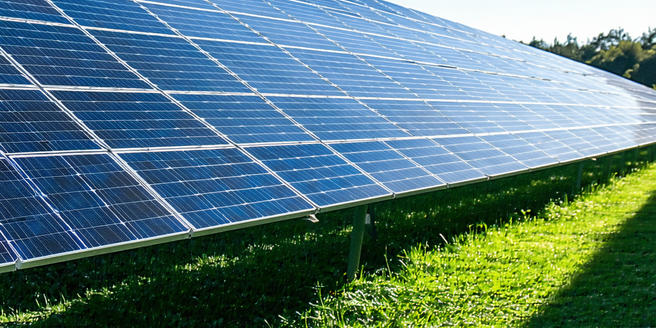
Understanding Solar Energy Efficiency
Solar energy efficiency is a measure of how well a solar panel can convert sunlight into usable electricity. The efficiency of solar panels can vary significantly, ranging from around 15% to over 22% for most commercially available panels. Factors influencing these efficiencies include the type of photovoltaic cells used, the quality of materials, and the technology involved in panel creation. Additionally, real-world conditions such as temperature, orientation, and shading can further impact the performance. Enhancements in photovoltaic technology continually push the boundaries, allowing for more efficient energy capture. Understanding these nuances is key for consumers looking to invest in solar technology, as higher efficiency often leads to better returns on investment and more sustainable energy production.
The Impact of Cloud Cover on Solar Panels
Cloud cover profoundly influences the efficiency of solar panels. When clouds obscure the sun, the intensity of sunlight reaching the panels is significantly reduced, leading to decreased energy production. However, solar panels can still generate electricity under cloudy conditions, albeit at lower rates. Innovations in photovoltaic technology continue to enhance the adaptability of solar systems to variable weather conditions. Advances such as bifacial solar panels and solar concentrators are designed to mitigate these impacts by capturing more diffuse and reflected light. Additionally, incorporating battery storage systems can help balance the incongruity of power supply on overcast days. Predictive weather modeling and smart grid technologies are also being developed to optimize energy usage and storage, ensuring a more reliable power output during unpredictable weather.
Technological Advances in Solar Efficiency
Recent years have seen dramatic advancements in solar technology, improving the efficiency and appeal of solar energy systems. Perovskite solar cells, for instance, have gained attention due to their high efficiency and low production costs. Research into tandem solar cells, which layer different photovoltaic materials, holds promise for surpassing traditional silicon capabilities. Incorporating nanotechnology has also led to the development of more efficient light-absorbing materials. As a result, the integration of solar power into everyday applications is becoming increasingly feasible and appealing. Furthermore, innovations in solar tracking systems and micro-inverters enhance energy capture and management. These technological breakthroughs contribute significantly to the evolving landscape of solar energy, offering more robust solutions for energy efficiency and wider adoption potential.
Measuring Solar Energy Output in Cloudy Conditions
Evaluating solar energy output in cloudy conditions requires precise instrumentation and analysis. Pyranometers are often used to measure solar radiation levels, providing valuable data on irradiance even during overcast days. Advanced weather monitoring systems can predict cloud movements, allowing solar arrays to adjust for optimal performance. Sophisticated satellite technologies also contribute to tracking cloud patterns on a larger scale. Additionally, performance models can estimate potential energy losses due to cloud cover, enabling better planning and energy management. As a result, operators can implement strategies to mitigate energy shortages. To ensure accurate measurements, regular calibration and maintenance of equipment are essential. Understanding these metrics helps in designing systems that are resilient against fluctuations in daily sunlight exposure, securing consistent energy availability.
Maximizing Solar Efficiency in Varied Weather
Maximizing solar efficiency across different weather conditions involves several strategies and technologies. Deploying adaptive solar tracking systems allows panels to follow the sun’s path, increasing exposure throughout the day. This capability can lead to improved energy yields and a more consistent power supply. Incorporating these advancements can significantly reduce reliance on traditional energy sources. Adding smart inverters and energy storage solutions can stabilize output by storing excess energy for later use, particularly during cloudy spells. Integrating AI and machine learning enhances predictive maintenance and system optimization, further improving performance reliability. Using anti-reflective coatings and advanced materials can also boost energy absorption by minimizing losses. These measures, along with ongoing research and innovation, enable the harnessing of solar energy effectively and reliably, regardless of weather variability.
